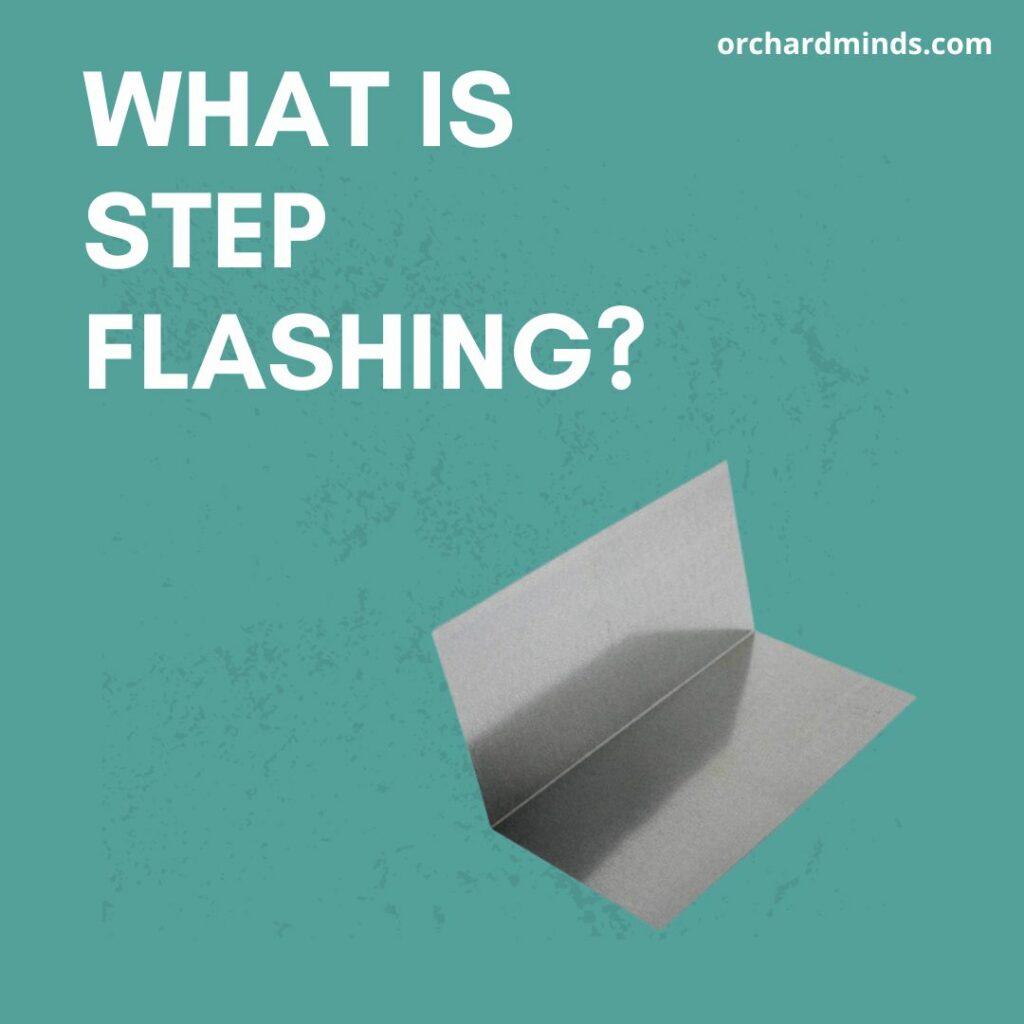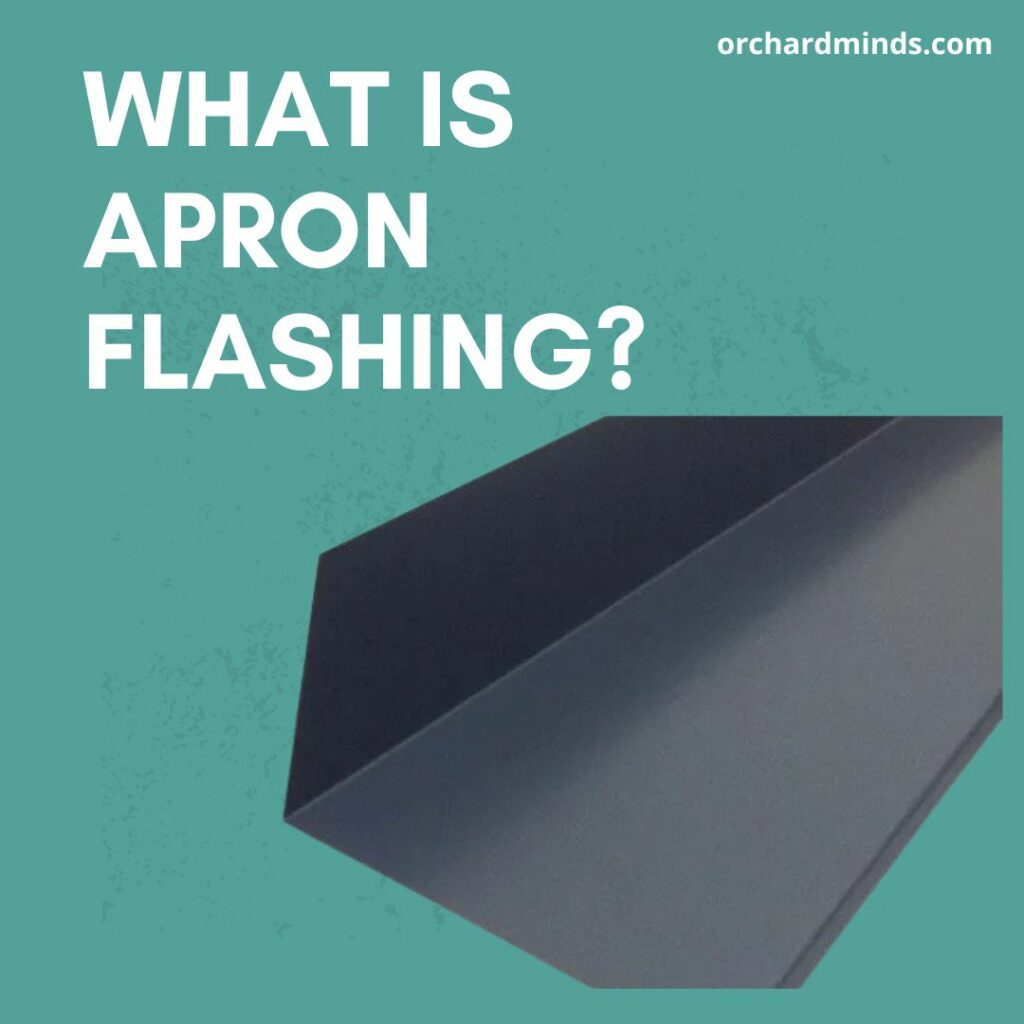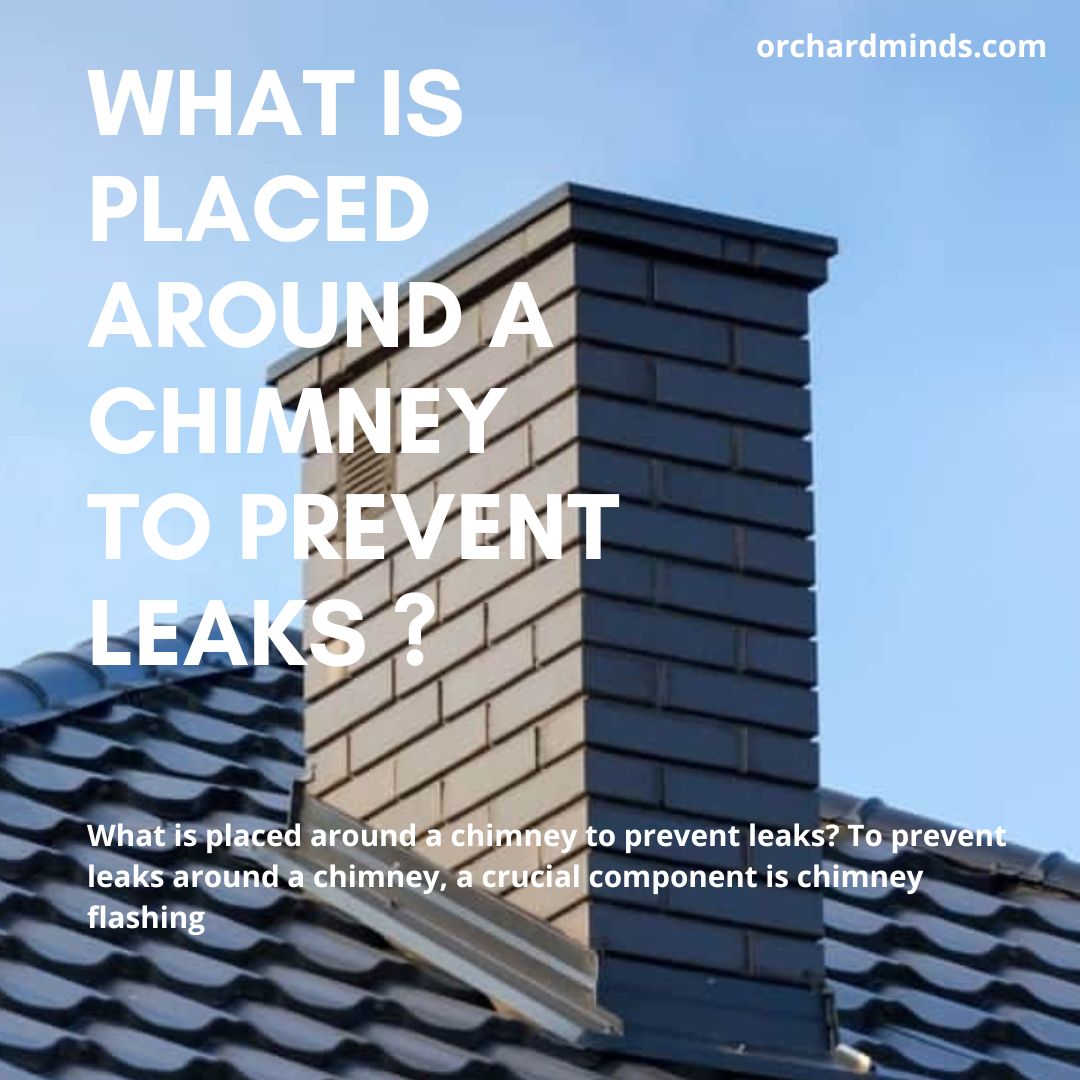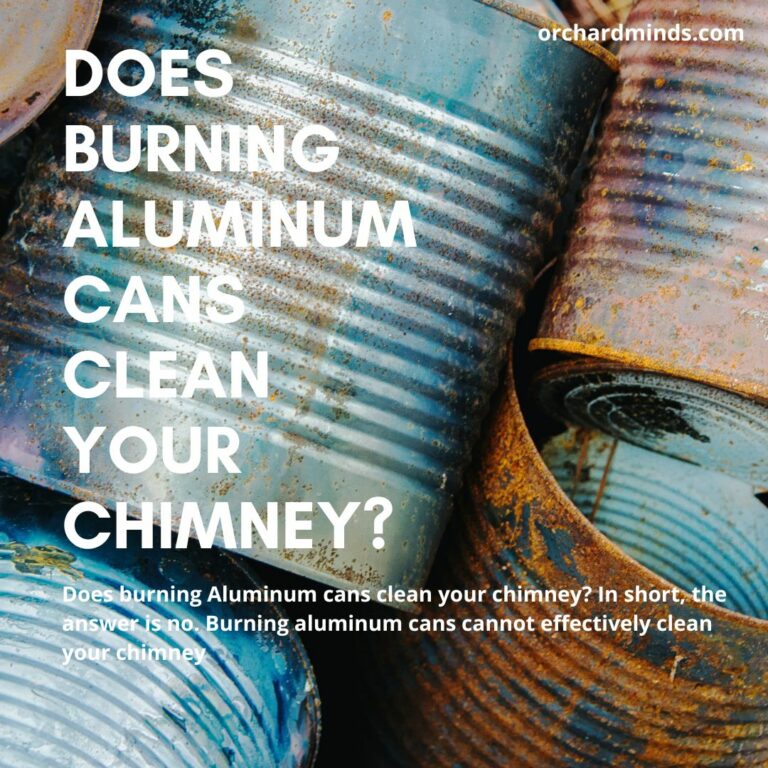What is placed around a chimney to prevent leaks? To prevent leaks around a chimney, a crucial component is chimney flashing. This is typically made of metal (such as aluminium or galvanized steel) and is installed around the base of the chimney, integrated with the roofing material. Flashing creates a watertight seal between the chimney and the roof, effectively preventing water from seeping into the home. Regular inspection and maintenance of chimney flashing are essential to ensure its continued effectiveness in keeping your chimney and home dry.

Types of roof flashing for a chimney
Common types of roof flashing for a chimney include step flashing, continuous flashing, and saddle flashing, each designed to create a watertight seal between the chimney and the roof.
Step flashing

Step flashing consists of individual L-shaped pieces of metal that are layered with roofing shingles. These pieces are installed on the sides of the chimney, creating a step-like pattern. Step flashing ensures a secure and waterproof connection between the chimney and the roof.
Apron flashing

Apron flashing, also known as base flashing, is a single large piece of metal that extends from the chimney and covers the joint where the chimney meets the roof. It provides an additional layer of protection against water intrusion and is often used with step flashing.
Counter flashing

Counter flashing is installed over the step or apron flashing to create a protective cap. It is typically embedded into the chimney masonry, effectively sealing the top edge of the flashing. Counter flashing is a barrier against water and prevents moisture from getting behind the step or apron flashing.
Roof crickets
Roof crickets, or saddle flashing or diverter flashing, are ridge-shaped structures installed on the high side of chimneys or other roof obstructions. They are critical in redirecting water away from these obstacles, preventing water from pooling or accumulating on the roof surface. Roof crickets are typically constructed using materials like metal or roofing membrane and are custom-designed to fit the specific dimensions and angles of the roof and chimney. By efficiently diverting water around obstacles, roof crickets help maintain the roof’s integrity and prevent potential water damage, making them an essential component of a well-designed roofing system.
What are the causes of a chimney leak?
Chimney leaks can be caused by damaged or deteriorated chimney flashing, allowing water to penetrate. Cracked or eroded chimney masonry can also result in leaks, as can a damaged or missing chimney cap.
Damaged flashing
One common cause of chimney leaks is damaged or deteriorated flashing. Chimney flashing consists of metal strips installed around the base of the chimney, integrated with the roofing material. When this flashing becomes corroded, loose, or improperly installed, water can seep in at the junction between the chimney and the roof. This can lead to water damage within the home.
Missing chimney cap
Chimney caps are essential for preventing water entry. If a chimney lacks a cap or the existing cap is damaged or improperly fitted, rainwater, snow, and debris can quickly enter the chimney. This can not only cause leaks but also result in structural damage over time.
Damaged chimney crown
The chimney crown, located at the top of the chimney, can deteriorate due to exposure to the elements. If not repaired promptly, a damaged or cracked crown can allow water to penetrate the chimney structure, leading to leaks and even more extensive damage.
Damaged bricks or mortar
Over time, bricks and mortar in the chimney can degrade due to weathering and freeze-thaw cycles. When the bricks or mortar joints become damaged or eroded, they create pathways for water to enter the chimney. This can result in leaks, especially during heavy rain or snow.
FAQS about What is placed around a chimney to prevent leaks
What is chimney flashing?
Chimney flashing is a metal barrier installed around the base of a chimney to create a waterproof seal between the chimney and the roof, preventing water leaks.
Why is chimney flashing important?
Chimney flashing is crucial because it helps maintain the roofing system’s integrity by preventing water from entering the home through gaps around the chimney.
What types of flashing are used around chimneys?
Common types of flashing used around chimneys include step flashing, apron flashing, and counter flashing, each serving a specific purpose in creating a watertight seal.
How often does chimney flashing need maintenance?
Chimney flashing should be inspected and maintained regularly, typically as part of routine roof inspections, and repaired or replaced as needed to ensure its effectiveness.
Can chimney leaks be prevented without flashing?
While proper flashing is the primary method to prevent chimney leaks, other components like a chimney cap and roof crickets can also prevent leaks.
What are the signs of a chimney leak?
Signs of a chimney leak may include water stains on the ceiling or walls, musty odours, and deteriorated chimney masonry. Detecting and addressing these signs promptly is essential to prevent further damage.
Does homeowners insurance cover chimney leak repair?
Whether chimney leak repair is covered by homeowners insurance depends on the cause of the leak. It may be covered if it results from a covered peril, such as storm damage. However, leaks due to poor maintenance are typically not covered.
Can I install the chimney flashing myself?
Installing or repairing chimney flashing is a specialized task that requires knowledge and experience in roofing. It’s recommended to hire a professional roofer for proper installation and maintenance.
How can I maintain my chimney flashing?
Regular roof inspections, checking for loose or damaged flashing, and resealing joints and seams are essential to maintain chimney flashing and prevent leaks.
Are there preventive measures to avoid chimney leaks?
Yes, in addition to proper flashing, regular chimney maintenance, keeping the chimney cap in good condition, and promptly addressing any chimney masonry issues can help prevent leaks.




Leave a Comment